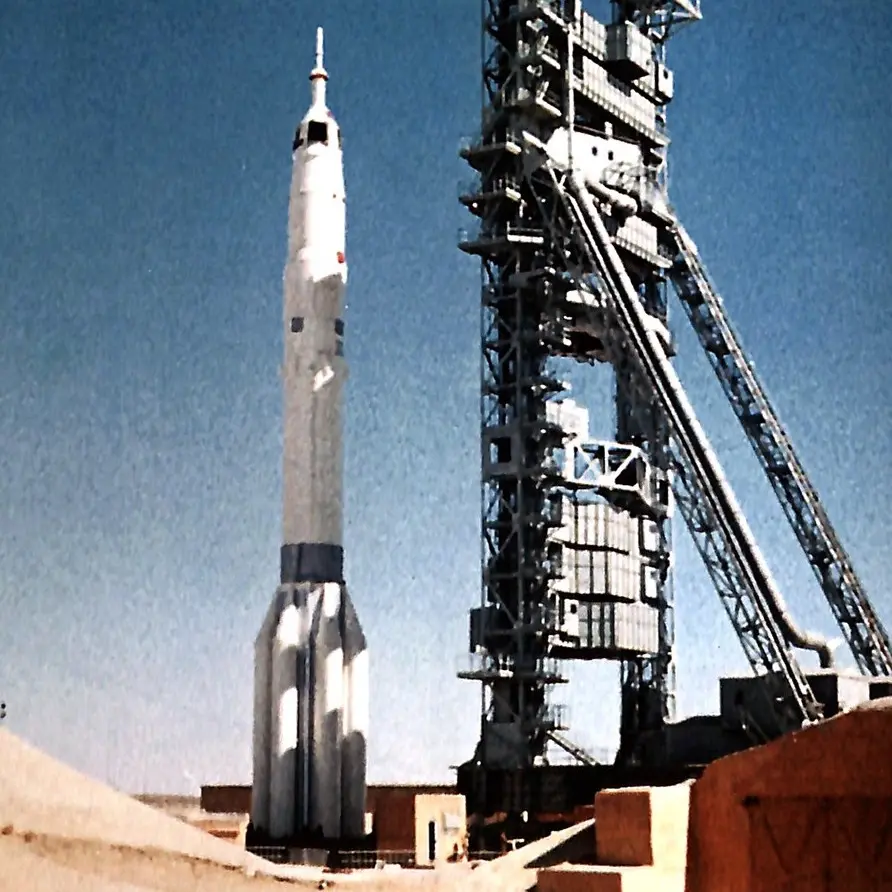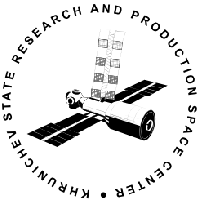Proton 4
Launch Success
Liftoff Time (GMT)
11:40:00
Saturday November 16, 1968
Mission Details
Proton 4
Proton-4 (Russian: протон-4) was a Soviet cosmic ray and elementary particle detecting satellite. After the end of the run of UR-500 test launches, the rocket (now designated Proton) and its successors were largely employed in the launch of the Zond lunar spacecraft. However, on 16 November 1968 11:40 UTC, the final and much larger Proton 4 was launched into orbit via Proton-K rocket from Baikonur Cosmodrome Site 81/24 to continue the search for the quark and supplement the earlier Proton satellites' cosmic ray measurements. This final Proton reentered Earth's atmosphere on 24 July 1969. Proton 4 was considerably more massive at 17,000 kg. Its primary instrument was an ionization calorimeter composed of steel bars and plastic scintillators. A measuring device comprising one lump of carbon and another of polyethylene[9] provided data on cosmic rays and the energy spectrum in orbit, the possible collisions of cosmic ray particles with atmospheric nuclei of hydrogen, carbon, and iron, and continued the search for the quark.
Low Earth Orbit
1 Payload
16,000 kilograms
Rocket


Manufacturer
KhrunichevRocket
Height: 56.14m
Payload to Orbit
LEO: 20,100 kg
GTO: 0 kg
Liftoff Thrust
9,469 Kilonewtons
Fairing
Diameter: 4.15m
Height: 16.12m
Stages
3
Launch Site
Stats
Proton-K
9th
Mission
5th
Mission of 1968
Khrunichev State Research and Production Space Center
365th
Mission
72nd
Mission of 1968
1968
111th
Orbital launch attempt